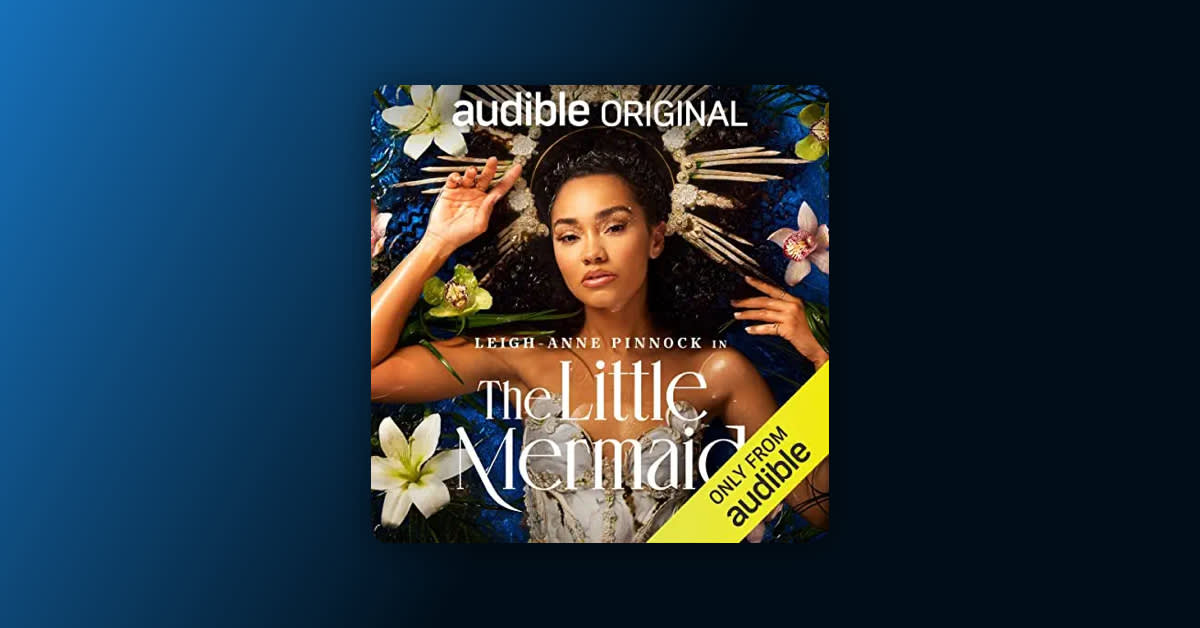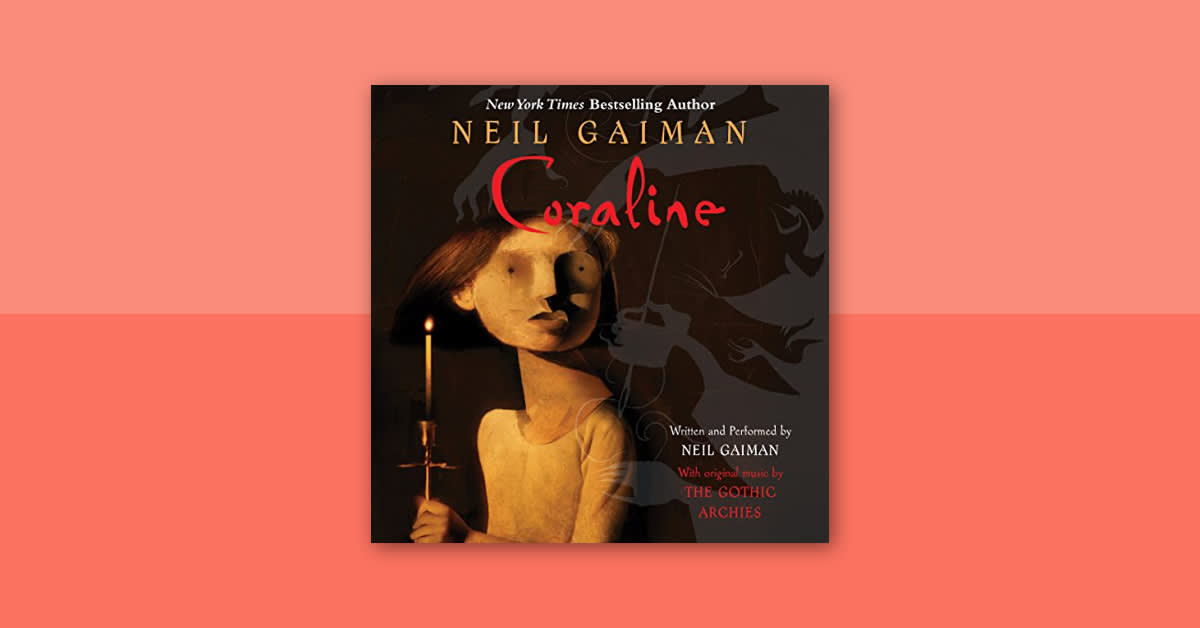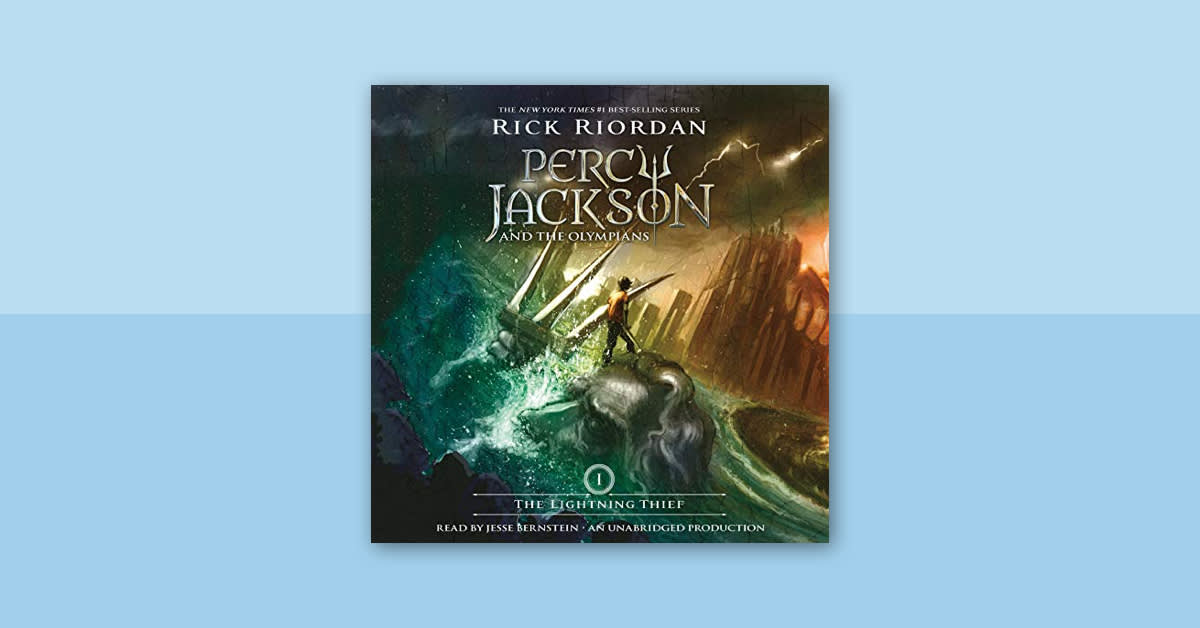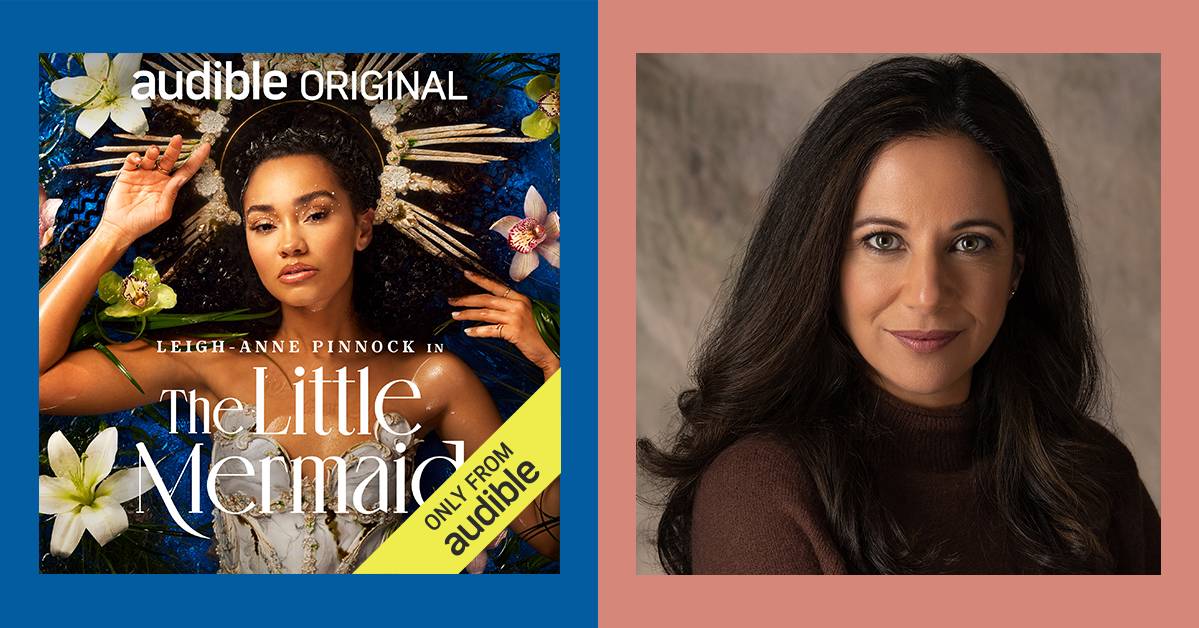Critics and audiences alike are buzzing about the live-action adaptation of The Little Mermaid, starring Halle Bailey as Ariel and Melissa McCarthy as Ursula. Among Disney’s many animated films, The Little Mermaid is one of the most beloved classics, winning the hearts of millions since its debut in 1989. And with the latest take on these long-adored characters and storylines, a fresh generation of young fans has been won.
The fairy tale behind the movies has quite a storied history. Written by Danish author Hans Christian Andersen, "The Little Mermaid" was first published in 1837 as a part of a collection of fairy tales. While the original tale was likely influenced by folklore about mermaids and sirens, scholars have speculated that "The Little Mermaid" was also inspired by the author's own life, as some events in the story parallel his experiences with navigating family pressures, discovering his true identity, and pursuing love. About seven years before the publication of "The Little Mermaid," Andersen began writing letters to a young duke named Edvard Collin, with whom, many historians believe, he was romantically involved. The mermaid in Andersen's story pines for a prince who is out of reach, and similarly, Andersen's relationship with the duke was impossible to pursue. If the connection between the fairy tale and Andersen's real life is accurate, it's a heartbreaking analogy. "The Little Mermaid" ends in tragedy, with the object of her affection marrying someone else, leaving her to die brokenhearted.
If you're a big fan of The Little Mermaid, you probably already know there are quite a few differences between the original fairy tale by Hans Christian Andersen and the 1989 Disney adaptation. And yes, there are quite a few changes between the animated Disney film and 2023's new live-action The Little Mermaid. But how exactly are these versions of the story different? Let's break it down. (And while you're at it, have a listen to the Audible Original retelling of Andersen's classic—then decide for yourself which version of "The Little Mermaid" you like best!)
"The Little Mermaid"—fairy tale vs. movie
The Little Mermaid in the Disney version is given a name.
As is the case with many fairy tales, the main characters in Hans Christian Andersen's "The Little Mermaid" are given no names—this is a stylistic choice that allows readers to project themselves and their feelings onto the characters. The heroine is referred to only as the "Little Mermaid." In Disney's 1989 adaptation, the mermaid is given a name, and now most of us know the Little Mermaid as Ariel. In Andersen's fairy tale, the Little Mermaid is described as follows: "her skin was as clear and delicate as a rose-leaf, and her eyes as blue as the deepest sea." And if you're wondering if Andersen's Little Mermaid had that signature bright red hair that has become synonymous with mermaids, the answer is unclear. While Andersen mentions the Little Mermaid's long, thick hair, the color of her hair is never described.
The Little Mermaid's grandmother is missing from the movies.
Did you know the Little Mermaid's grandmother plays a major role in the original story? In the fairy tale, the Little Mermaid has a close relationship with her grandmother, who tells her that humans have eternal souls that live on in heaven. The deep desire to live forever in the afterlife is what drives the Little Mermaid's quest to be human.
Those adorable animal sidekicks? Purely a Disney creation.
Across all their animated classics, Disney excels in peppering in a few precious animal sidekicks, upping the cute factor and bringing in a lighthearted element. And The Little Mermaid is no different. Characters like Sebastian, Flounder, and Scuttle are all Disney creations and not present in the original fairy tale. (But what welcome additions they are!)
The original story explores the concept of immortality and souls.
Heaven, immortality, and the very concept of what it means to have a soul were not central parts of the Disney version of The Little Mermaid. But in the original fairy tale, when the Little Mermaid asks her grandmother if humans live forever, her grandmother explains that, while humans don't live on Earth as long as mermaids do in the sea, they live on for eternity in heaven. So when she goes to the Sea Witch seeking to become human, the Little Mermaid is just as interested in eternal life in heaven as she is in the prince.
Hans Christian Andersen's Little Mermaid goes through a much more violent transformation.
Was Ariel's transformation from mermaid to human painful in Disney's The Little Mermaid? It was never mentioned either way, but as it's a family film, it's a far cry from the anguish faced by Andersen's protagonist. In the original story, the Sea Witch not only takes the Little Mermaid's voice—she cuts out her tongue. The Sea Witch also warns the mermaid that the transformation from mermaid tail to human legs would feel "as if a sword were passing through you," and that walking on her new feet would "feel as if you were treading upon sharp knives" with every step.
The Sea Witch plays a less active role in the original story.
In the Disney film, Ursula the Sea Witch wants to make sure Ariel is unsuccessful in getting the prince to fall in love with her. And so she disguises herself as a human woman to get the prince to fall in love with her instead, all the while using Ariel's voice. None of this happens in the original fairy tale. The prince does end up marrying another woman, mistakenly believing she is the one who saved him from drowning, but the woman is not the Sea Witch in disguise.
The prince is far less charming in Andersen's fairy tale.
Eric, the prince in The Little Mermaid, might be a little bit bland to some, but he at least seems to be genuinely interested in Ariel. In Andersen's story, the prince never seems to be interested in a romantic relationship with the Little Mermaid. He finds her amusing, but he is clearly focused on marrying someone else.
The Little Mermaid's sisters play a much different role in the original fairy tale.
If you remember the sisters in Disney's The Little Mermaid, then you probably remember them singing a song at the beginning of the movie. Aside from that, they don't play a huge role in the story itself. Not so in Andersen's fairy tale. When it becomes clear the prince will not marry the Little Mermaid, the mermaid's sisters strike a bargain with the Sea Witch to bring the Little Mermaid back to the ocean with them. If she kills the prince, the Little Mermaid will be able to become a mermaid again and go back to her old life. The sisters then give the Little Mermaid a knife to kill the prince.
The fairy tale and the Disney movie end in almost opposite ways.
In the Disney movie, Ariel marries Eric and the two live happily ever after. In Andersen's fairy tale, the Little Mermaid takes the knife and agrees to kill the prince. But when she tries to do it, she finds that she can't kill him, and instead, she sacrifices herself to save his life and turns into sea foam.
But does The Little Mermaid get what she wants in both versions?
While the prince and the mermaid don't end up together in Andersen's original story, there is an argument to be made that the Little Mermaid still got what she wanted in the end. After the Little Mermaid sacrifices herself to save the prince, the daughters of the air save her life and turn her into an ethereal spirit like them. They explain that because of her selflessness, they are giving her an opportunity to earn her very own soul and ascend to heaven. So even though both versions of the story end differently, maybe both mermaids got their happy ending after all.
The Little Mermaid—animated vs. live-action
Disney's new 2023 live-action adaptation of The Little Mermaid generally keeps the same storyline as its 1989 animated predecessor, but there are quite a few changes that take the classic story in new directions. Here are some things we get with this new version. Warning—some light spoilers follow!
King Triton gets an expanded backstory.
Ever wondered why Ariel's father King Triton (played by Javier Bardem in the live-action edition) was so against his daughter consorting with humans? According to the new 2023 film, it all goes back to his late wife, Ariel's mother, who was killed by humans. After her death, he no longer trusts them.
We also learn more about Prince Eric.
Maybe you thought cartoon Eric was cute or sweet back in the day, but truth be told, we didn't know too much about his personality or his background. In the live-action version, all of that changes. We learn that Eric, now played by John Hauer-King, is not a prince by birth— he was adopted by the king and queen. It's suggested that Eric's biological parents died in a shipwreck.
We finally meet Prince Eric's mother.
In the animated film, we never meet Eric's parents. But the live-action movie introduces audiences to Eric's mother, Queen Selina. Eric is curious about exploring nearby kingdoms and sailing the high seas, but the queen worries for her son's safety and doesn't understand his desires to travel.
Ariel and Eric are shown to have common interests.
Why, exactly, do Ariel and Eric fall in love in the original Disney movie? Other than destiny, it’s perhaps a bit unclear. But in the new movie, both Ariel and Eric show a curiosity to explore the world around them and a thirst for adventure. It's not hard to see why these two would fall for each other and want to start a life together.
We get three new songs.
The 2023 version of The Little Mermaid has added three new songs to the mix. Alan Menken, the composer for the 1989 film, is back for these songs, and this time the lyrics are courtesy of Hamilton’s Lin-Manuel Miranda. (The animated classic’s original lyricist, Howard Ashman, passed away in 1991.) Look out for the new songs "Wild Uncharted Waters," sung by Prince Eric; "The Scuttlebutt," sung by Awkwafina as Scuttle; and "For the First Time," sung by Ariel.
And some lyrics get an update.
If you're looking to sing along to the 2023 versions of the classic Disney songs, get ready for a few updates. The iconic track "Poor Unfortunate Souls" now skips over a whole verse that had Ursula explaining to Ariel why men don't like women to talk. "Kiss the Girl" has also been changed. The new lyrics "Use your words, boy, and ask her / If the time is right and the time is tonight / Go on and kiss the girl" were revised, according to Menken, to support the need for consent in romance.
Ursula makes Ariel forget about the kiss.
In both Disney movies, Ariel has to get a kiss from Eric to remain a human forever. But in the new movie, just to be sure Ariel won't get the job done, Ursula sprinkles a little extra magic on her to make her forget that she's supposed to kiss the prince. Any time someone tries to remind her, her brain just goes blank.
The chef and his slapstick song about killing fish? Gone.
Did you love the song in the 1989 film where Sebastian the crab runs away from the chef? "Les Poissons" is not in the new movie, sadly. It was a fun little slapstick moment of cat-and-mouse in animation, but perhaps the animal violence wouldn't play out as well with realistic CGI critters and live-action characters.
Ariel kills the Sea Witch at the end of the movie.
At the end of the 1989 animated film, Eric saves the day and kills Ursula. But in the new movie, Ariel is no longer the damsel in distress. She takes matters into her own hands and kills Ursula herself.
Ariel and Eric's marriage brings the sea kingdom and the people on land back together.
Ariel and Eric's wedding is a happy occasion in both the animated film and the live-action movie. But the new movie takes the impact of the marriage a few steps further. By marrying, Ariel and Eric are reuniting their worlds and creating a more harmonious existence for the people of the land and the sea.







